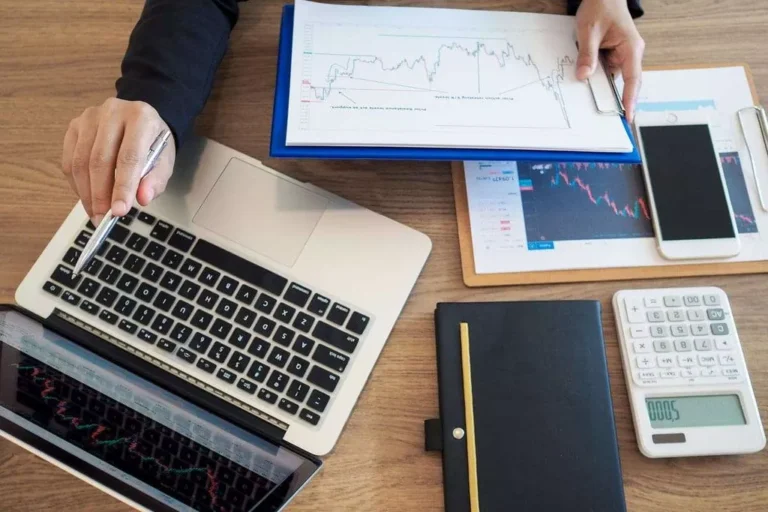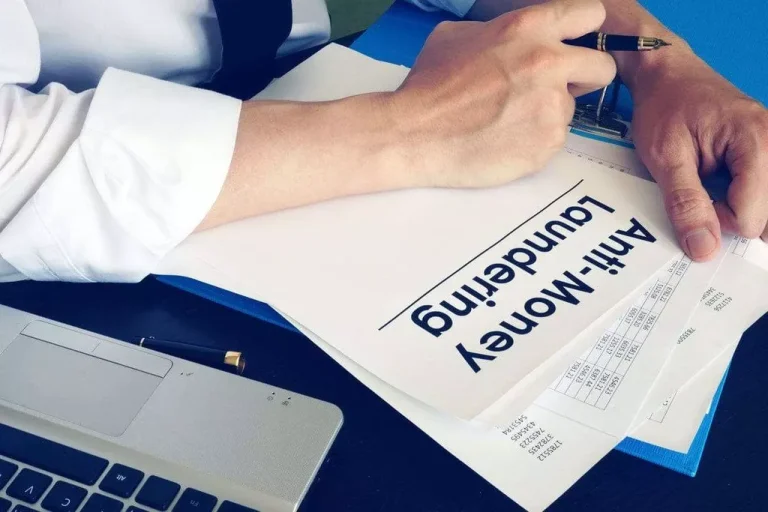Content
The tokenization of assets democratizes access, allowing assets to be bought, sold, and traded globally with unprecedented efficiency. Tokenizing funds, money, assets, and financial instruments Proof of stake requires compliance with specific regulatory frameworks, licenses and infrastructure, akin to traditional finance. Fiat money and treasury bills typically fall under electronic money token EMT/stablecoin regulations, while assets like property and cash flow face differing types of regulation (i.e. property law in various jurisdictions). Tokenizing stocks, funds, bonds, and ETFs involves navigating complex TradFi regulatory requirements, not only by type, but by jurisdiction. Chintai is licensed by the Monetary Authority of Singapore (MAS) to issue and trade securities. Accredited Chintai investors have access to RWA regulated by MAS using traditional fiat for liquidity; a MAS custodial extension to the existing CMS license is pending.
The issues with Centralized Exchange backing
Let’s take our same Car NFT now, and let’s say we wanted to forge the legalities of the car. We didn’t really care about who owned the car; instead, we just wanted a Car NFT that always reflected the price of the real-world car. If we sell the token on-chain, we should get the dollar amount of the https://www.xcritical.com/ car in the real world. There needs to be something behind the token in order for the token to represent the asset. And if you’d like, skip down to the “What are some current tokenized RWA projects?
On-chain collateral, indirectly-backed Price Feed Exchange
With the Metaverse, PropiChain offers immersive 3D property tours, enabling investors to virtually explore and assess properties worldwide without needing physical visits. This experience provides a thorough view of each investment opportunity from the comfort of your home. The platform’s AI-powered virtual assistants and chatbots are available 24/7, offering personalized support and guiding users through their entire real estate investment experience. However, the general long-term market sentiment on Solana memecoins is uncertain as traders seek more stable assets that are not easily impacted by market volatility. According to Coincodex, the maximum potential price surge for Dogwifhat, the largest what is rwa in crypto Solana memecoin by market capitalization, is 374% by the end of 2024.
- In gray/red, Chintai monitors all issuance and trading activity 7×24, applying automated AML/CFT regulatory compliance enforcement and reporting on-chain.
- By tokenizing the ownership of particular artwork prints, these can be offered for sale and, once redeemed – the physical piece can be delivered to the given address.
- The list moves on to include peaq $PEAQ in the 7th place as its weekly volume has touched $188M.
- Chainlink Functions and Chainlink Price feeds are the two power-house projects that enable these to be built.
- But this type of structure fails to harness the full power of blockchain technology since it merely replaces traditional forms of records.
Restifi’s $1 Billion Vision: Pioneering the Future of Tokenized Real Estate Investments
The $RWA token targets community engagement, transactions, and investments. RWA Inc. has scheduled the release of the token for the 25th of this month. It reportedly links consumers with different opportunities within the growing sector of tokenized assets.

No other RWA platform operates as reliably at scale, nor at such a low operating cost. The RWAs are tangible or intangible assets existing in the physical world with inherent value. On the other hand, DeFi represents a novel financial system built on blockchain technology, offering various financial services without traditional intermediaries like banks. DeFi’s relevance in the modern financial landscape lies in its ability to provide accessible, transparent, and inclusive financial services to anyone with an internet connection, regardless of their geographic location or socio-economic status. Being issued on-chain, the rwa crypto tokens can be then traded and managed on secondary markets, such as decentralized exchanges, money markets and other financial services within the DeFi ecosystem. Real-world asset tokenization is the process of virtualizing real-world (tangible and intangible) assets into digital tokens that can be stored, managed and traded on a blockchain.
There are some “weird” maybes you could hypothesize about this by saying, “The Car NFT is backed by a different Car NFT that is backed by the car itself,” and maybe that would make this category “real”, but I digress. Reward amounts will be determined based on the type and relevance of the information provided. Trusted globally, Tokeny has successfully executed over 120 use cases across five continents and facilitated 3 billion onchain transactions and operations.

As pioneers in this field, our expertise is drawn from real-world experience, as evidenced by our successful fintech and blockchain development cases. Additionally, IdeaSoft experts will review the real-case examples of on-chain RWA solutions to help you better understand its potential for your business and the crypto industry as a whole. Realizing the potential of RWA tokenization in crypto, the traditional finance giants (such as BlackRock, Fidelity and Hamilton Lane) and many blockchain-based startups (like Securitize, Tzero, etc.) have already got into the game. Moreover, thousands of tech companies are developing powerful DeFi for tokenized RWAs, hoping to become the next “unicorn” solution.
That is why, our blockchain experts at IdeaSoft reviewed the projects that gained huge popularity in the real-world assets and DeFi niche. Therefore, the numerous benefits of real-world asset tokenization have proven the value and long-term prospectiveness of this technology in the crypto landscape. What is important is that there is now a seismic shift aiming to catapult tangible assets into the digital realm through the power of blockchain. In a world of digital currencies and other digital assets (like NFTArt), it makes sense to have a world of digital securities or RWA tokens. Now all of this is only possible if you are using public blockchains to issue your RWA tokens, and we talk more about that here “Public vs Private Blockchains”. By following this guide on how to trade RWA tokens, you can confidently navigate the tokenized asset market.
In the rapidly evolving landscape of finance, Everest’s Real World Assets (RWA) Tokenization Platform stands as a pivotal bridge connecting traditional finance, TradFi (banks, brokerages, payment companies) and the crypto space. This turnkey, licensed, and regulated solution holds the key to unlocking the value of diverse assets globally. Everest has been tokenizing fiat and crypto for over three years, leveraging the $ID token ecosystem, which provides access to the platform and can be used to pay for various services, from wallet creation to transaction processing. Global asset tokenization and integration of tokenized RWAs into DeFi platforms involves representing ownership of these assets through digital tokens on a blockchain and allows for real world assets DeFi. These tokens can then be traded, lent, or used as collateral within DeFi protocols. For instance, a tokenized real estate property can be used as collateral for borrowing funds in a decentralized lending platform, or investors can provide liquidity to a decentralized exchange by staking tokenized commodities.
Tokenizing carbon credits on a blockchain ensures immutable records and real-time traceability, preventing double-counting and fraud. This process reduces the need for intermediaries, cuts transaction costs, and speeds up settlement times with the use of smart contracts. One of the earliest use cases of real-world asset tokenization enabled making real estate assets liquid and selling theirits ownership through blockchain-based tokens. The best-known example is the $18 million deal of Elevated Returns, a New York-based asset management firm. Welcome to our guide where we describe how to tokenize real world asset in crypto and the burgeoning realm of DeFi real world assets.
Unlike typical Solana memecoins, this RWA altcoin is backed by the $600 trillion real estate market, bridging the gap between the world’s number one asset class and blockchain. In gray/yellow, Chintai’s bridge (built on Fireblocks) supports RWA custody and cryptocurrency bridging between other blockchains and exchanges. Chintai also supports fiat ramps to banks for access to traditional liquidity.
To come up with a powerful and competitive solution for RWA virtualization, understanding the core tokenization stages is of the essence. Dr. Xu, a Lecturer in Real Estate at The University of Manchester has identified five core stages to tokenize an asset, which play a critical role in digital tokens infrastructure development. It’s slated to be the vanguard of a revolution that transforms the investment landscape.
Right now, price feeds are already used to power decentralized stablecoins, but Chainlink Functions can be used to do more of the directly backed centralized setups as well — while reducing the amount of centrality! Maple finance is an example of a project making tokenized borrowing and lending. Right now, the most popular tokenized RWA projects are used every day, and are in high demand. Build your identity as a certified blockchain expert with 101 Blockchains’ Blockchain Certifications designed to provide enhanced career prospects. Before the launch, RWA Inc. plans Initial DEX Offerings via entities such as Ape Terminal, Eesee, and Decubate.
Tokenized real-world assets have been a growing segment of the DeFi ecosystem, with RWA total value locked sitting at ~$5B in December 2023, according to DefiLlama. The high-level process of tokenizing a real-world-asset involves several steps. With Bitcoin hitting a new all-time high of $ 89,940 within the last 24 hours, the entire crypto market has also experienced a massive price rally. According to data on CoinGecko, the Solana memecoins market capitalization surged by 21.9% in the last 24 hours, hitting over $16 billion. With over 250 successful products in our portfolio, IdeaSoft has accumulated years of cross-industry expertise and development experience in DeFi, NFT, blockchain and other tech areas. For each of our clients, we create a custom product development strategy that is tailored to the goals, requirements and needs of their company or enterprise.
